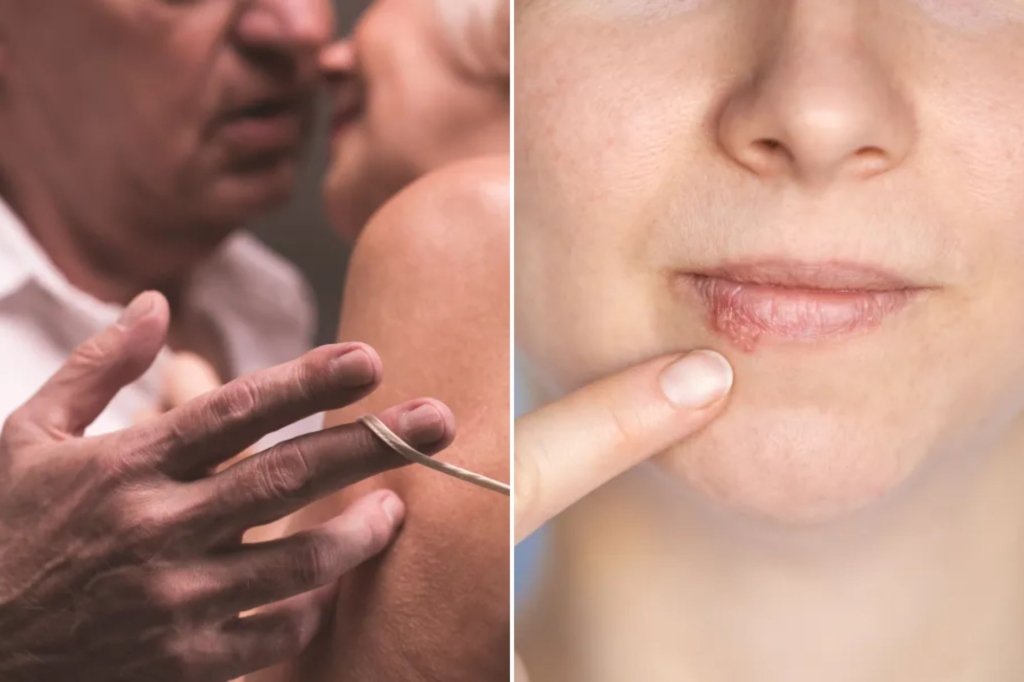Penis fracture is many men’s worst nightmare.
The Human Anatomy Institute, which specializes in human cadaver research, has released a new educational video on YouTube that reveals the horrific reality of penile injuries.
The National Institutes of Health estimates that 1 in 100,000 American men will experience a penile fracture during their lifetime. While not life-threatening, some injuries may require surgery and weeks of recovery before the patient risks permanent impairment of sexual and urinary function.
One of the most common types of penile injuries is what is known as a fracture. Unlike a broken bone, a penile fracture involves tearing the connective fibers, the tunica albuginea, which surrounds the spongy tissue that fills with blood during an erection.
When the penis is erect, the tunica albuginea becomes tense due to the pressure of the penis’s engorged blood, making the elastic fibers susceptible to breakage – which is why this injury is most often associated with vigorous intercourse or masturbation.
A penile fracture is usually accompanied by a faint “pop” or “pop” sound, along with sharp pain.
After a brief introduction to penile anatomy, cadaver researcher Jonathan Bennion explains how penile injuries occur and what complications can result from this shameful accident.
According to the National Institutes of Health, most penile fractures occur when partners engage in missionary, “woman on top” (also known as cowgirl) and “doggy style” sex positions.
“In a way, it’s a bit like an aiming problem. You miss the target and instead hit something that doesn’t move. Or in other words, you hit another part of the body that the penis isn’t supposed to penetrate,” Bennion says – where else do we most often experience penile virility besides intercourse? That’s why unusual or acrobatic intercourse positions are the most common way to cause penile injury, and anatomy experts recommend that they should be handled with caution and clear communication between partners.
He continued, “There has to be some level of violent force and/or speed” to cause injury, and any blunt force trauma to the erect penis could cause injury. Meanwhile, in some cultures, people may even voluntarily bend their penises to get rid of an erection, and risk penile fractures in the attempt.
For most penile fractures, the surgeon will cut open the shaft of the penis and sew the tunica albuginea together, making any necessary repairs to tissues that may be interfering with penile function, especially the urethra.
Bennion warns that those who ignore the damage could be left with permanent bends, poor function and lifelong erection pain — as one YouTube user can allegedly attest.
“This happened to me in my 20s but I didn’t know about it until now at 61,” the viewer commented under the September 2 video.
“They are so dangerous! I felt a snap and pain, then my whole penis was bruised. Luckily it healed and is fine, just a little bent, which I didn’t realise until now was from a broken bone!”


 Anal Beads
Anal Beads Anal Vibrators
Anal Vibrators Butt Plugs
Butt Plugs Prostate Massagers
Prostate Massagers
 Alien Dildos
Alien Dildos Realistic Dildos
Realistic Dildos
 Kegel Exercisers & Balls
Kegel Exercisers & Balls Classic Vibrating Eggs
Classic Vibrating Eggs Remote Vibrating Eggs
Remote Vibrating Eggs Vibrating Bullets
Vibrating Bullets
 Bullet Vibrators
Bullet Vibrators Classic Vibrators
Classic Vibrators Clitoral Vibrators
Clitoral Vibrators G-Spot Vibrators
G-Spot Vibrators Massage Wand Vibrators
Massage Wand Vibrators Rabbit Vibrators
Rabbit Vibrators Remote Vibrators
Remote Vibrators
 Pocket Stroker & Pussy Masturbators
Pocket Stroker & Pussy Masturbators Vibrating Masturbators
Vibrating Masturbators
 Cock Rings
Cock Rings Penis Pumps
Penis Pumps
 Wearable Vibrators
Wearable Vibrators Blindfolds, Masks & Gags
Blindfolds, Masks & Gags Bondage Kits
Bondage Kits Bondage Wear & Fetish Clothing
Bondage Wear & Fetish Clothing Restraints & Handcuffs
Restraints & Handcuffs Sex Swings
Sex Swings Ticklers, Paddles & Whips
Ticklers, Paddles & Whips




















